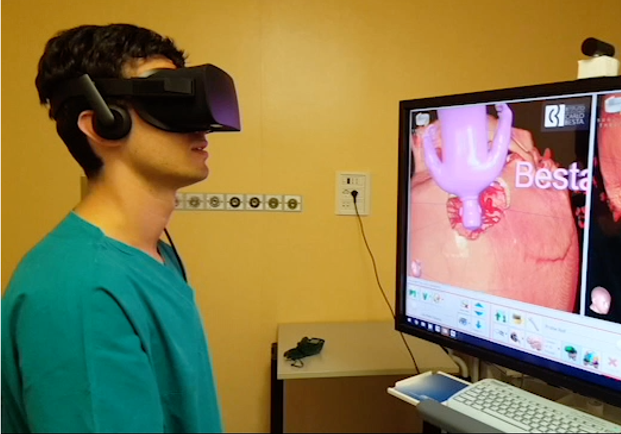The Besta NeuroSim Center was created to reduce clinical risk in neurosurgery. And it does so through training, research, the development of new devices and international collaborations. Today it is a European excellence
The Besta NeuroSim Center (BNSC), within the Besta Institute in Milan, was created to minimize the risk of harm to neurosurgical patients related to the inexperience of operators in the sector. Thanks to the use of state-of-the-art technological systems and innovative methodologies, we also want to reduce the possible appearance of malpractice cases.
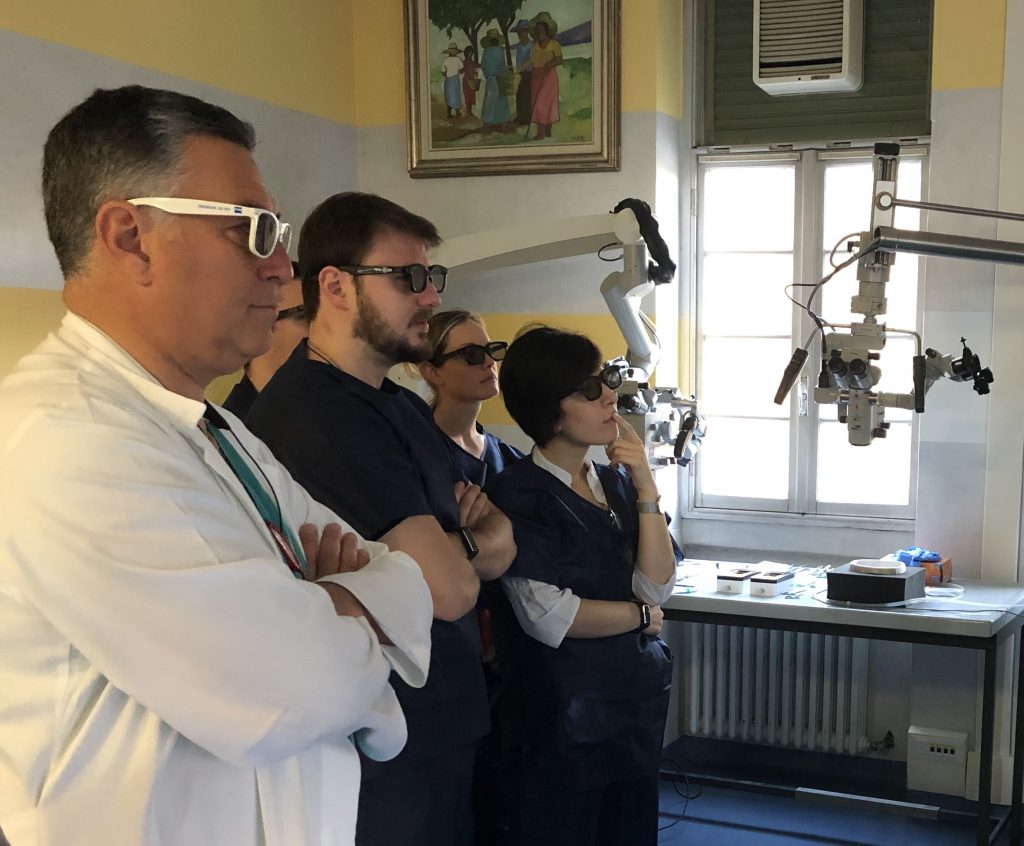
The need to minimize the possible risk to the patient in neurosurgical interventions is a current problem. It should not be forgotten that neurosurgery, with a complication rate of around 12-14%, is the specialty with the highest risk of complaints and therefore the highest medical-legal cost (PMID: 21848463).
Virtual reality for real problems (and solutions)
For years, the IRCCS “C. Besta” Neurological Institute Foundation has chosen to address the issue of patient safety by importing some protocols directly from the world of aviation. It is in this program that, since its foundation in 2015, the BNSC aims to identify and study new and revolutionary training methods for neurosurgeons, with the aim of achieving excellent performance in neurosurgery and maximizing safety.
Currently the BNSC is the first neurosurgery simulation center and the most technologically advanced in Europe. Thanks to cutting-edge, three-dimensional virtual reality simulators equipped with haptic and tactile feedback, neurosurgical procedures and interventions are recreated to allow simulation of interventions and faster learning by young neurosurgeons. Just as airline pilots already do, young neurosurgeons can learn the profession, without exposing patients to any risk from inexperience.
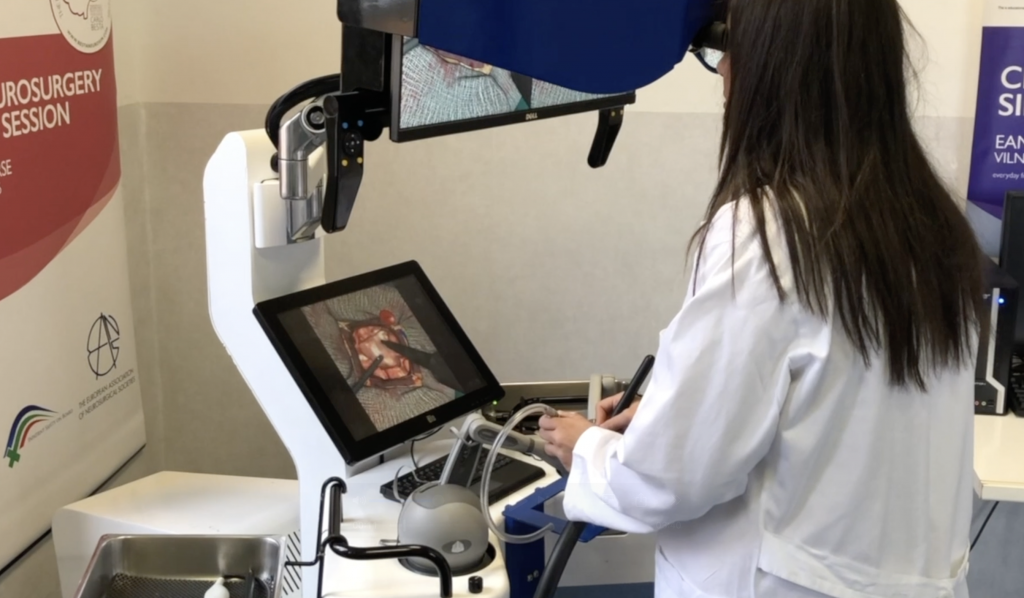
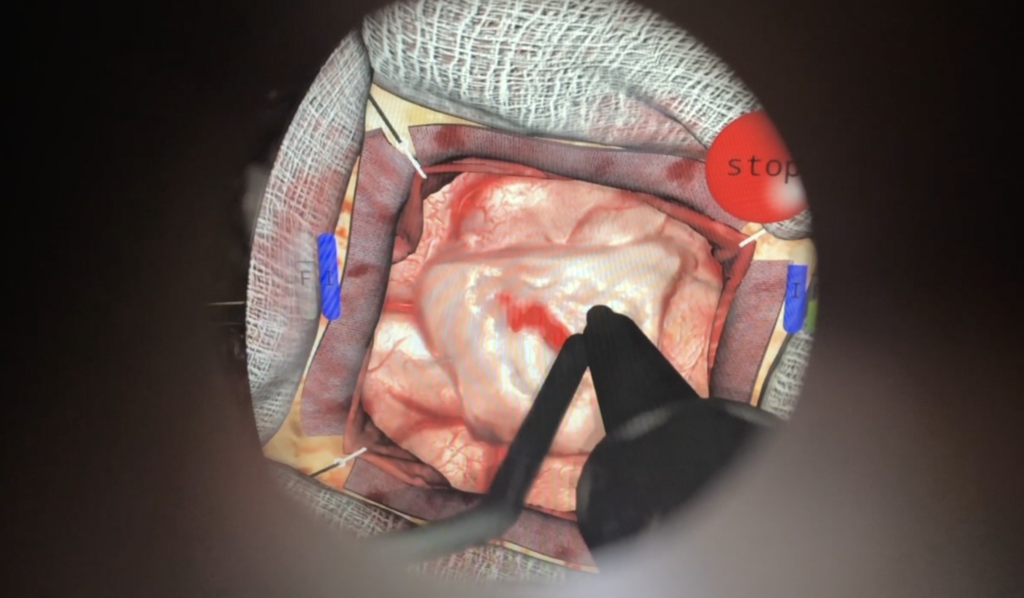
3D anatomical viewers and surgical planners available at the BNSC are also used to enhance physician-patient communication when presenting operative risks at the time of preoperative informed consent.
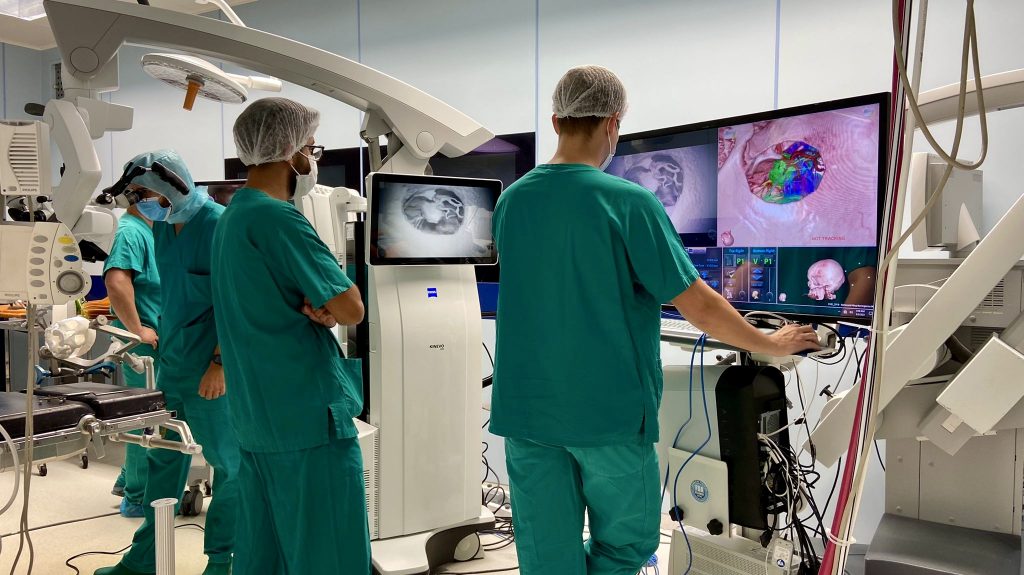
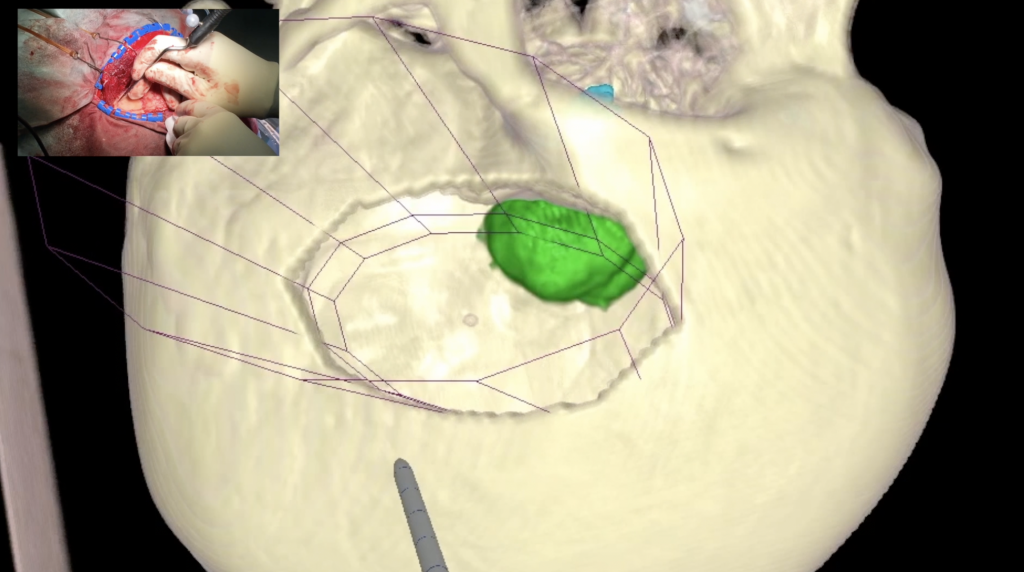
The patients we operate on are first studied on our 3D virtual reality platforms to analyze and review their cases before going into the operating room, just as an orchestra conductor would do with a dress rehearsal before a concert. This increases the neurosurgeon’s peace of mind, the understanding of the surgical anatomy and facilitates the transfer of knowledge between experienced surgeons and young surgeons or specialists.
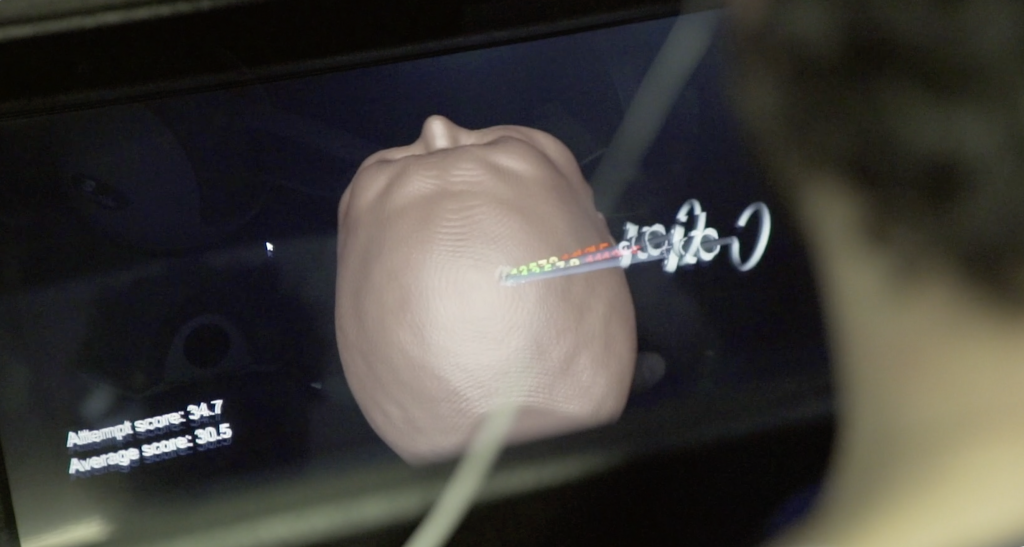
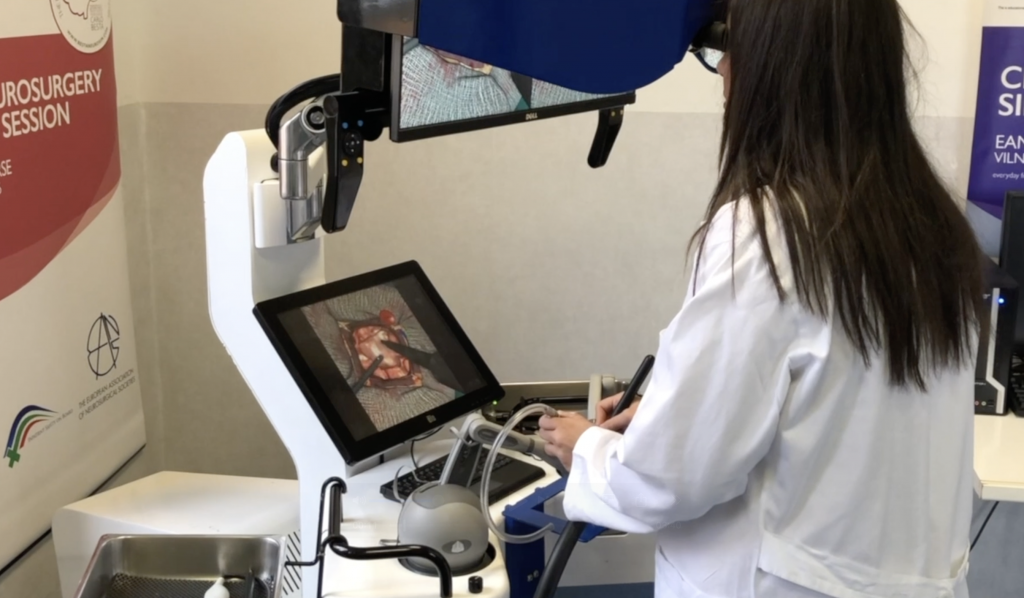
Collaborations and ongoing projects
For years, the BNSC has collaborated with several national and international professional societies in the sector, including the European Society of Neurosurgery (EANS), as well as with international universities to carry out simulation sessions in the context of training courses for young neurosurgeons from Italy, Europe, and many other countries of the world. The BNSC recently welcomed nearly 80 trainees from around the world as part of the PASSION project, a study that measured how much intensive neurosurgical training with 3D simulators in virtual reality, even with brief exposure, significantly improves surgical skills and increases self-confidence.
In 2020, the BNSC received important recognition from the European Commission as part of the Erasmus + Knowledge Alliances route with the funding of 1 million euros to carry out a three-year study with the participation of the ten best neurosurgery centers in Europe (AENEID – Academy for European Neurosurgical Excellence through Innovation and Diversity)with the aim of building a new paradigm in the training path of young European neurosurgeons. Thanks to the integration of high-level technical training with the use of simulation and cadaver dissection and the teaching of soft skills, such as communication, active listening and empathy, European specialists in neurosurgery will receive better and standardized training. We recently created 3D printed models of the brains of brain tumor patients. In this way it is possible to recreate a human brain, with extremely realistic visual and tactile sensations. These models allow intraoperative navigation and ultrasound information to be integrated, allowing a 360ᵒ simulation of each patient to be operated (PrintMed3D Project, with the participation of the Department of Physics of the University of Milan).
Last but not least, the BNSC, in collaboration with industrial groups, has created the first intraoperative brain ultrasound simulator that was made available to neurosurgeons of all levels and countries free of charge through the Neurostream telematics platform.
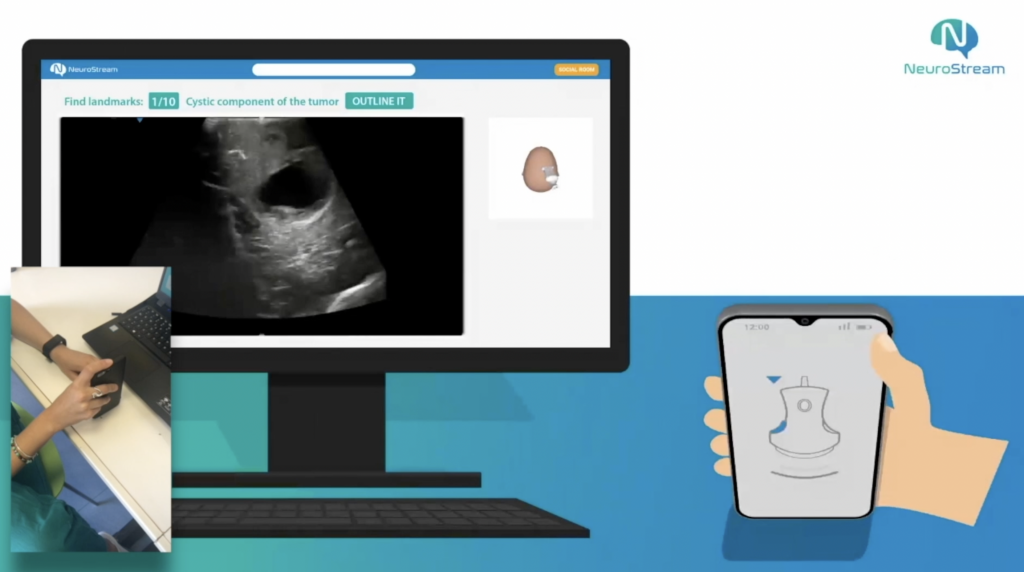
Through this simulation tool, intraoperative brain ultrasound simulation sessions are periodically performed in various international contexts (Mumbai, Hong Kong, Pretoria, Barcelona, Boston, Jerusalem, San Paolo, San Francisco and others).



